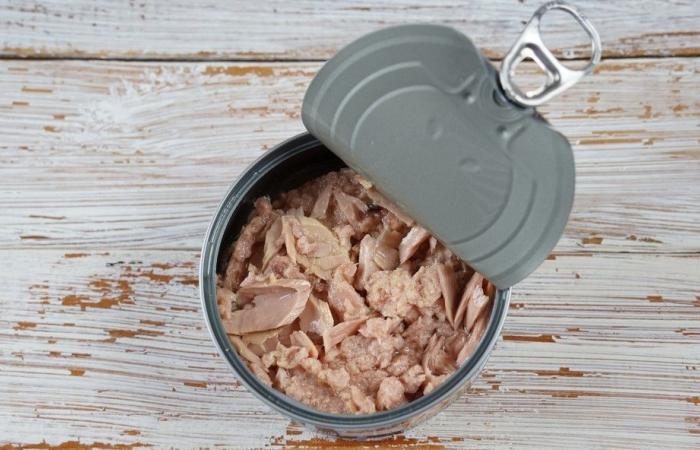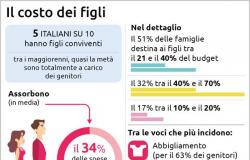Inside canned tuna there are worrying levels of bisphenol A, a chemical compound – mainly used together with other substances to produce some plastics and resins – known for its potential deleterious effects on human health and, in particular, on the immune system. This is what an in-depth research carried out by the Swiss consumer magazine has attested Balancewhich highlighted values of contamination by chemicals such as bisphenol A, but also glycidol, which exceed – often very widely – the limits considered safe for consumption by the European Food Safety Authority (EFSA).
The investigation was carried out on samples of canned and jarred tuna of different varieties, preserved in both olive oil and sunflower oil. In all the cans examined, contamination with bisphenol A was recorded, considered by EFSA potentially harmful to the maintenance of the immune system and fertility (the risks are linked in particular to the possible onset of autoimmune diseases and allergic pneumonia). Only the variants preserved in glass were saved. Research results indicated that the contamination comes directly from the can linings. Some of the products examined fall within the circuit of the Swiss market only: among these, the “Albacore tuna in olive oil” from Albo, on which quantities of bisphenol A were found 50 times higher than the limit proposed by the EU. The Rio Mare and M-Classic products, on the other hand, had levels 20 times higher than the maximum threshold. If it is true that no bisphenol A was found on the glass-packaged products “Albacore tuna in olive oil” by Qualité & Prix and “Albacore tuna fillets in olive oil” by Migros Sélection, as on 8 cans – glycidol was found in worrying quantities, considered by the International Agency for Cancer Research (IACR) a “probable carcinogen 2A” (seeing limited evidence of carcinogenicity in humans, but sufficient evidence in animals), with a genotoxic action.
Recently, the European Food Safety Authority had revised downwards the permissible daily limits of exposure to bisphenol A. The new maximum threshold, lowered precisely with the aim of protect more effectively from the potential risks of the compound for human health, was identified as 0.2 nanograms (0.2ng or 0.2 billionths of a gram) per kilogram of body weight per day (kg/bw/day), replacing the previous threshold temporary of 4 micrograms (4μg or 4 millionths of a gram) per kilogram of body weight per day.
[di Stefano Baudino]






